A Few 3D Printers And A Deathless Dream
Can the current generation of nationalist paramilitaries reanimate Republicanism?
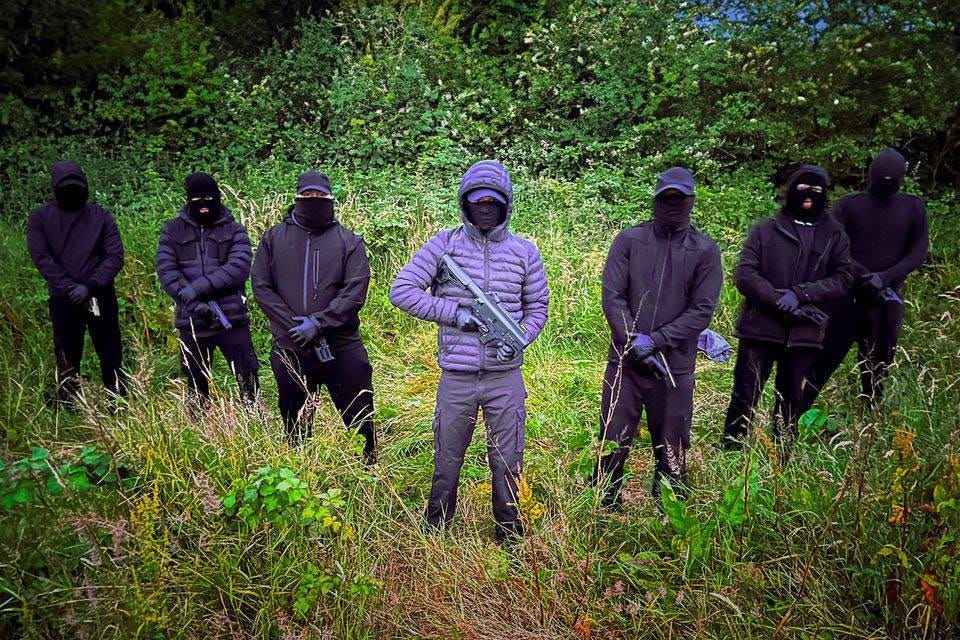
Every time a Republican group (or sometimes even a Loyalist group) garners online attention, comment sections invariably fill with rootin-tootin American netizens parroting something along the lines of “here we go again” or “Up the Ra”. This bloodthirsty excitement is indicative of the notion, shared by many in Ireland, that like a pet goldfish floating upside-down, militant Irish Republicanism is “just sleeping”.
The reality is less optimistic. As the 2020s roll in, militant Republicanism is a splintering wreck of its former self. Attacks against British forces have dwindled, arms caches have been seized and the supply chains that stocked them are gone. Many of the key leadership figures of the post-agreement era are now dead or behind bars.
The support ‘armed struggle’ once enjoyed came to a sudden stop in 1997 when Sinn Fein hit the brakes on the fight for self-determination. Sinn Fein’s decision to seek equality within the British State sent hundreds if not thousands of its radical members flying through the windscreen. Fast forward to the present day and radical Republicanism is more on the fringe than ever before. Criminality and a lack of cohesive or appealing politics haunt the various micro-IRAs competing for legitimacy amid the dying of the light.
What groups are currently active?
The most recent group to cause a stir online is Oglaigh Na hEireann (ONH), one of the alphabet soup of post-agreement Republican groups. You‘d be forgiven for not having heard of them, as they’ve been on ceasefire since 2018. The name “Oglaigh Na hEireann” effectively means “soldiers of Ireland”, and is the Irish language designation of the Irish Defence Forces as well as every iteration of the IRA.
The organisation stole the online limelight recently, after being spotted toting an FGC-9 3D-printed carbine in a press photo. This news excited gun-horny Yanks and telegram nazis alike at the prospect of a new 3D-printed Troubles. In reality, a .22 calibre thermoplastic resin weapon is light ordinance for a group of this nature. Furthermore, this isn’t the first time ONH has showcased the FGC-9, displaying two such weapons at an RNU rally at Milltown Cemetary in 2022.
The group is currently in the midst of a textbook paramilitary internal struggle, sparking fears of a potential violent feud. Both factions claim the name “Oglaigh Na hEireann” and the split whether mediated or settled with violence could spawn a new splinter group.
This relatively obscure paramilitary was responsible for a range of violence 2010s, such as bomb attacks against PSNI personnel detonating a large car bomb outside MI5 Headquarters in Co. Down. On ceasefire, they boast the standard paramilitary portfolio of executions and punishment shootings including murders of Belfast gangsters, Warren Crossan and Mark Hall in recent years.
Politically, ONH is considered connected to the Republican Network for Unity (RNU). RNU is a political party formed in opposition to Sinn Fein’s highly controversial push to accept the PSNI in 2007. The Shinner’s pro-PSNI push would serve as the single largest recruitment drive for radical Republicanism since the GFA.
Aside from ONH airing its dirty laundry and flashing its 3D-printed mickey, the most seismic ‘Dissident’ headline of the year was the shooting of DCI John Caldwell in Omagh. This attack was ostensibly carried out and planned by the New IRA (NIRA) who allegedly posted a notice on the Creggan Shops claiming responsibility for the attack.
It is thought that Republican and Loyalist operatives cooperated to execute the attack on Caldwell. This indicates the NIRA has no small level of overlap with the Loyalist paramilitary underworld, while this sort of “teaming up” isn’t new it doesn't exactly scream political integrity.
NIRA is the heavily infiltrated offspring of the Real IRA, formed after the latter cannibalised smaller militant organisations like RAAD (Republican Action Against Drugs). This group is the largest and most connected of all current armed Republican factions, with operatives in Derry, Belfast, Cork, Dublin, and along the Border.
Other smaller bodies orbiting the Republican constellation include Arm Na Poblachta (ANP) and the Continuity IRA (CIRA), which appear far less active. Outside of the disso continuum exists the INLA and its political wing IRSP, this group ended its campaign in 2009 but is still active politically and alleged to be involved in the narcotics trade.
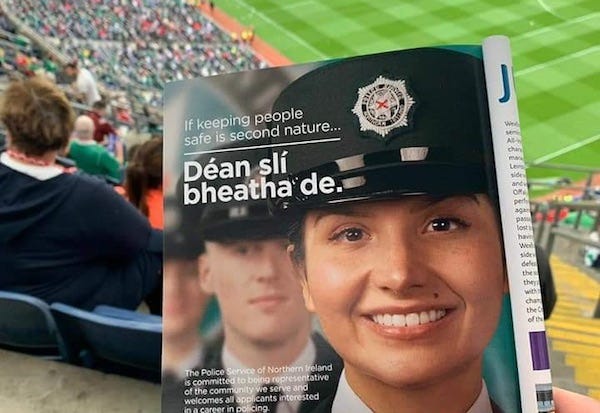
What are they up against?
Helicopters fitted with infra-red still purr in the air around Cave Hill, and bomb-skirted police trucks are still patrolling the residential estates of the North. These things serve as a reminder that beneath the ‘normal’ facade, there is a securocratic system working overtime to stop shit from hitting the colonial fan. Though for most people in the North, it’s liveable.
Groups can always utilise the lack of trust for the PSNI that exists in the atrocity-haunted areas they operate in. In radical Republican circles, the PSNI are seen as the RUC reincarnated and in Loyalist ones, the PSNI is seen as a concession to the PIRA. The problem is exporting this anxiety.
The PSNI cut a much less intimidating figure than their predecessors. Cops riding bicycles and the lack of squaddies taking cover behind low garden walls make the occupation far less in your grill. Efforts on the part of the PSNI to court Catholics and appear cross-community have resulted in a level of humanisation, which makes blowing them up far less of a crowd-pleaser.
Within Republican organisations themselves, British and Irish intelligence is a constant existential threat. The NIRA was decimated by the activities of Celtic ticket slinging MI5 mole Dennis McFadden in 2020. In the South, the Gardaí and Special Criminal Court have become a machine that turns radical Republicans into prisoners in Portlaoise.
What are they up to?
In the romantic sense, disarming as the PIRA did, is seen as depriving future generations of Irish people of the right to take up arms and fight British occupation. In a pragmatic existential sense, giving up arms would compromise their position as subcontractors, in an underworld ecosystem increasingly dominated by powerful international narco-gangs.
The death of Real IRA members Alan and Vincent Ryan, brothers who ran an extortion operation against dealers in Dublin marked a turning point. In times past, the murder of two IRA men by drug dealers would've prompted a kind of retaliatory ‘nuking from orbit’ - those days are gone, networks are diffuse, and the top-down structure of the PIRA is a thing of the past.
New “cross-community” crime syndicates like the Armagh-based ‘Firm’ present a new paradigm. These non-sectarian narco-gangs indicate that in some paramilitary circles, nature is healing. In this outfit, Republicans and Loyalists come together to utilise joint skills at bomb-making, extortion, and racketeering. The Firm cooperates with Albanian organised crime groups who with their Britain-based supply chains, are emerging as a dominant force in NI.
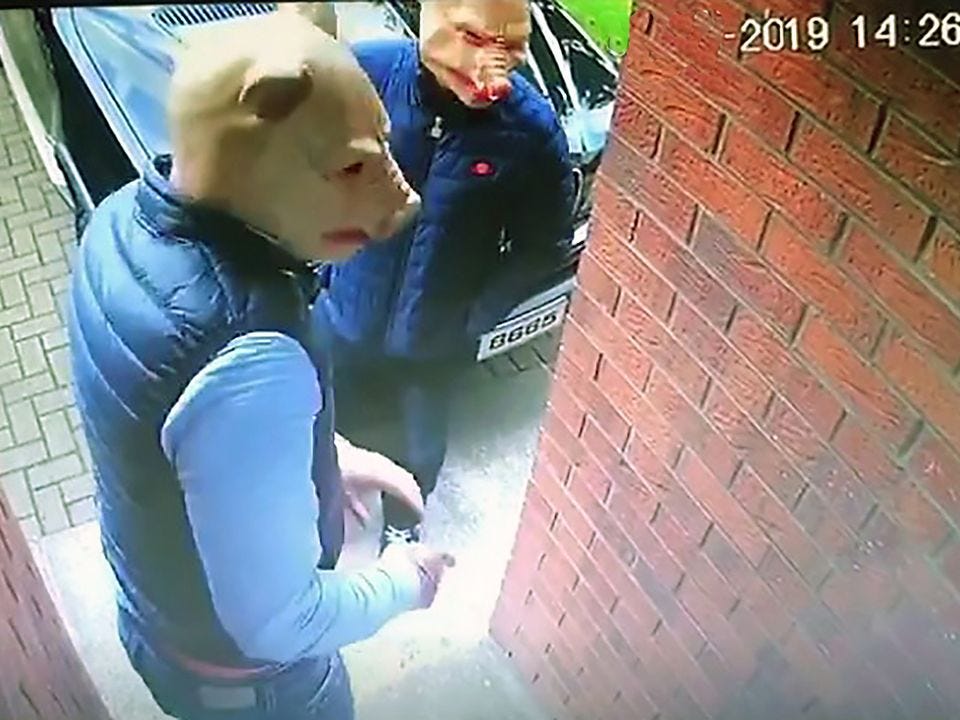
The Future
"Dissident” Republicanism is a movement that can’t stop punching itself in the face. The first exposure most of the Irish public had to the movement was the 1998 Omagh Bombing, a bomb attack by the Real IRA that left 29 civilians dead and strangled in the crib any hope of popular support.
In the mid-2010s Saoradh was new and building momentum. Though in a repeat of history, this momentum was quashed after the group was implicated in the murder of journalist Lyra Mckee, which drew condemnation from all sections of Irish society, notably from LGBT and other progressive groups. Saoradh will likely never emerge from the shadow of shooting an innocent 29-year-old woman in the head.
Like cowboys upon seeing the railway first cross the prairie, it’s time to admit the golden age is over. You can die a desperado or ride West until you reach the sea. Either way, the world has moved on. Bandit Country is quiet, and “El Paso” is closed for business. Unless these groups and their political wings can pivot to contemporary national issues like housing and immigration, they are likely to remain insular, irrelevant, and completely decay ideologically.
Despite an undying fondness for “the Ra” in the national consciousness, no recent movement claiming the name has lived up to the myth. The only political violence that garnered widespread support in recent years may be the fiery response to the Strokestown eviction. This vigilante attack against KBC bank bailiffs evicting an elderly couple was allegedly carried out by Republicans. The incident, while popular, had the vibe of a geriatric action hero reprising a role for one last Hollywood hurrah, not the reignition of a revolution.
The average Irish person is more concerned about rent than reunification. In the Ireland of 2024, foodbanks and anti-eviction action speak louder than any volley of shots. While radical Republicanism doesn’t traditionally rely on public opinion, you can’t eat a wreathe or heat your home with a deathless dream. If the Radical Republican movement wants to rebuild, it must swap Civil War tactics for Land War Tactics. To do this it must make like Saoradh and “Éistigí”.





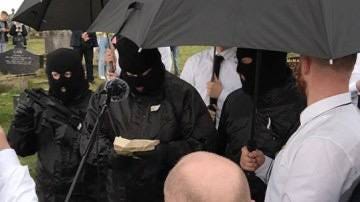

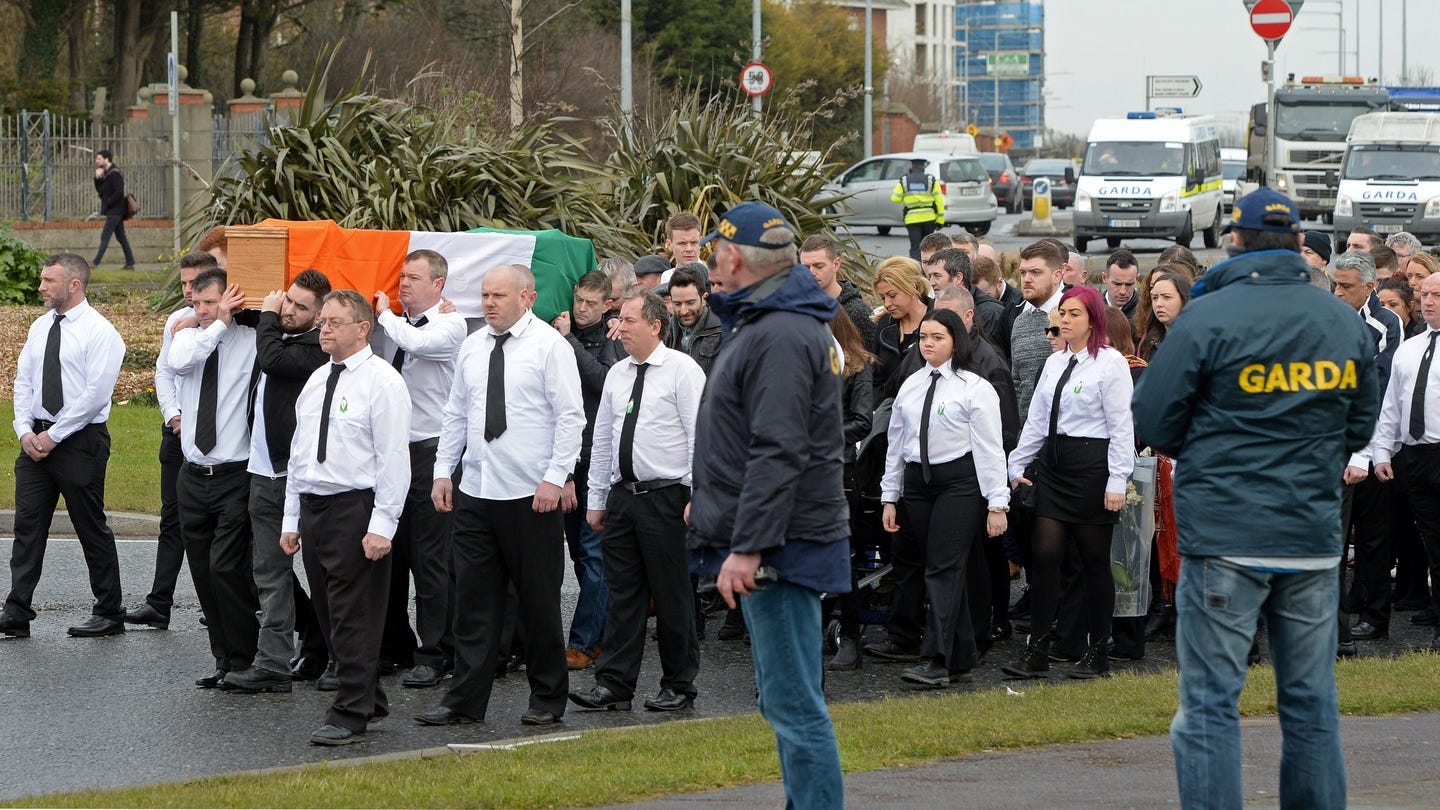
Great read. Food Not Bombs is my go to group here locally in the US because feeding people is more important to me than soldier LARPing
The opening lines of this article discussing Irish American 12 years old writing “up the ra” on the internet gave me embarrassed shivers. Looking at the YouTube comments on Irish folk songs saying “up the ra” is far too common. Very good article.